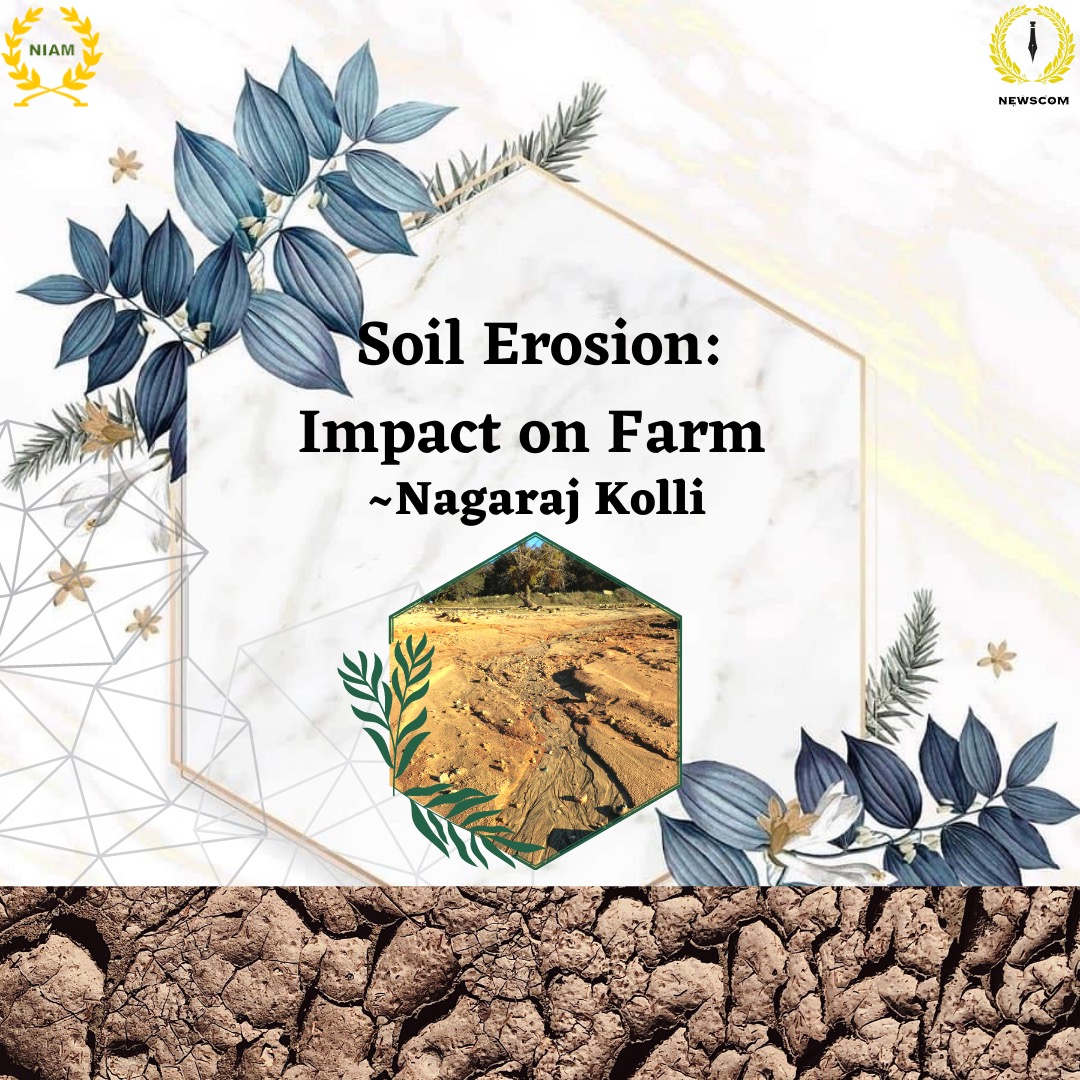Soil erosion can negatively impact agriculture by reducing crop yields and quality. The agriculture sector is under increasing pressure to adapt and produce adequate food for an ever-expanding population. But because of deforestation and climate change, soil erosion is escalating, which is reducing global farm productivity.
The process of removing the topsoil layer is referred to as soil erosion. Although it is a natural process brought on by the weather, it is also a result of human activity, and, when it happens too quickly or in excess, it can affect agricultural activities. Deforestation is one of the main factors contributing to soil erosion. Slash-and-burn forest clearing, frequently for agricultural use, has grown in popularity while being immensely harmful to the ecosystem. Removing the trees whose roots helped hold the soil together and whose leaves shielded the soil from intense rainfall, exposing them to soil erosion. Climate change is another significant contributor to soil erosion. More soil is being washed away because of the more active hydrological cycles brought on by global warming, resulting in higher total rainfall levels and more frequent strong rainfall events like storms. Even agricultural practices themselves can erode the soil. By consuming the vegetation that covers the topsoil, exposing it to the weather, and pacing back and forth over its surface, grazing animals can create this effect.
Numerous researchs conducted over the last few decades has demonstrated the negative effects of soil erosion on the crops grown in a degraded area. Data clearly shows a positive correlation between decreased crop yields and soil erosion. According to studies, almost 10 million hectares of land are abandoned annually because of the low crop productivity brought on by soil erosion. On average, 30 to 40 hectares per year are lost in Africa, Asia, and South America. This indicates that decreased agricultural yields that pose a threat to food security. In poorer areas, where farmers frequently choose to grow row crops, which are more vulnerable to the effects of soil erosion, placing them in greater danger, this impact is much more severe. Additionally, there has been a recent trend in the US for farmers to switch to row crops, such as corn, even though their vulnerability to soil erosion puts entire farms in danger of going bankrupt. Corn’s value has risen recently. Numerous agricultural activities, both conventional and organic, can worsen soil erosion. As a result, farmers are being urged to make changes to their practices to stop soil erosion and preserve the land so that it can continue to support good crop harvests and animal life.
Soil erosion is less of a problem with organic farming than with conventional agricultural practices. Organic land exhibits higher levels of the soil enzymes dehydrogenase, phosphatase, and urease, as well as a much higher microbial biomass and a higher number of polysaccharides, compared to soil samples examined from traditionally cultivated land. Increase in the level of polysaccharides, which serve as a soil binding agent, are known to boost the soil’s resilience to soil erosion. In the agricultural sector, switching to organic farming practices can prevent soil erosion and increase crop yields. According to estimates, up to 80% of all agricultural land worldwide experiences moderate to severe levels of erosion. Additionally, 99.7% of the estimated food calories consumed by humans are thought to originate from land, with just 0.3% of those calories coming from aquatic ecosystems. This emphasizes how crucial it is to safeguard the land that is used to cultivate food to avoid a food crisis.




